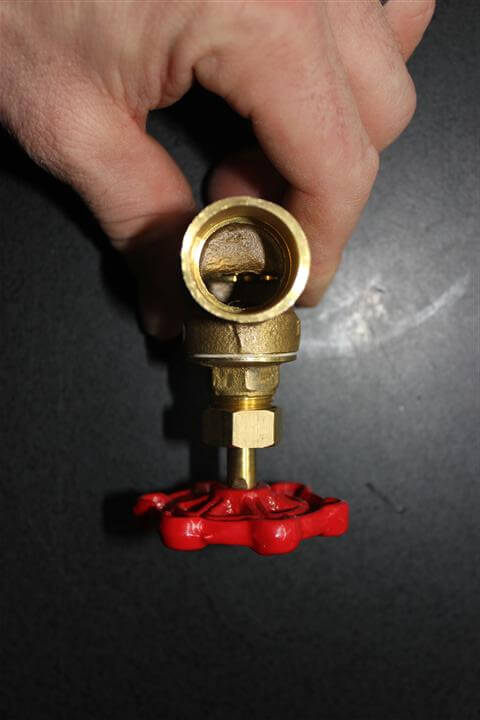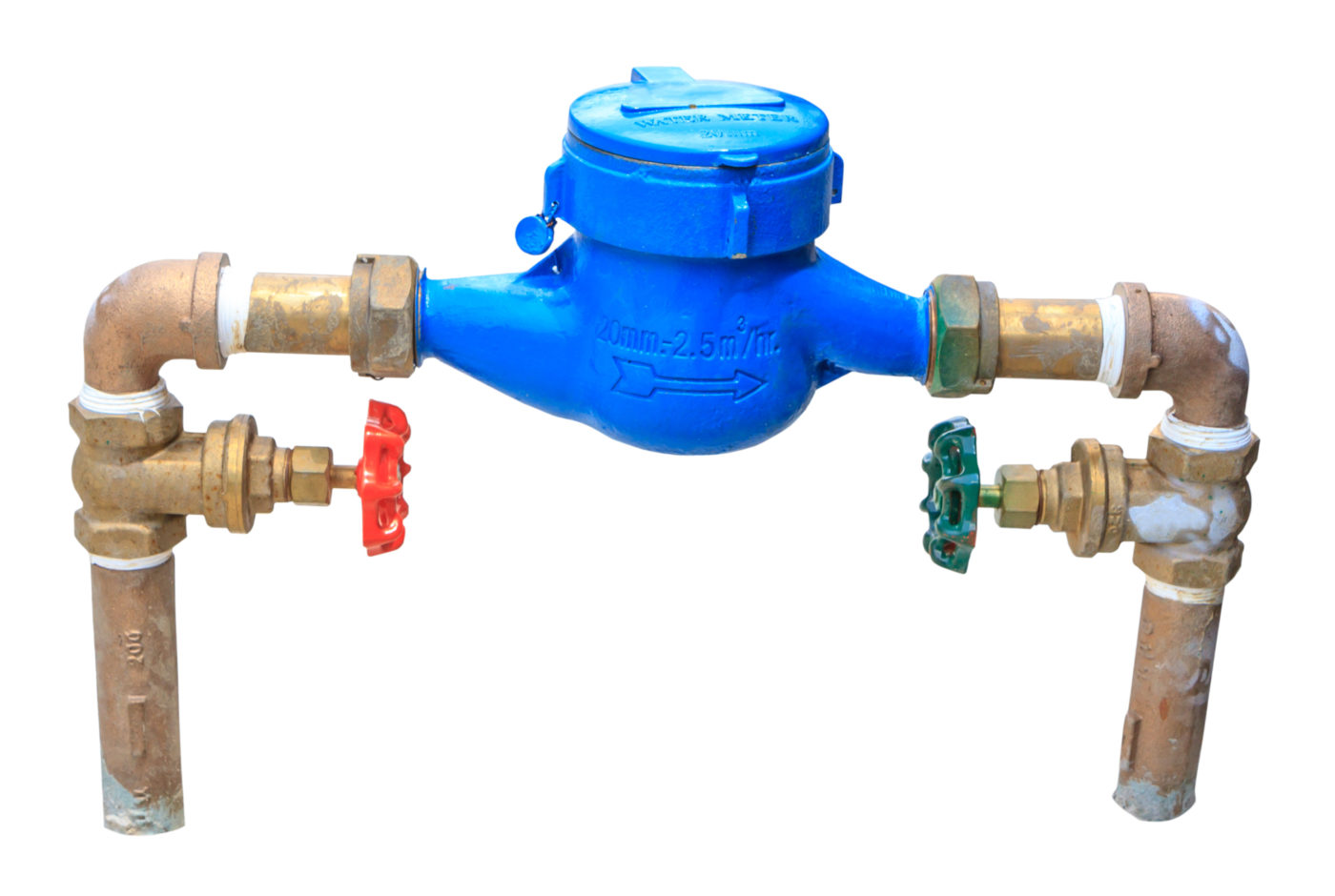Significance of Understanding Water Shut-Off Valve: Why You Should Discover
Significance of Understanding Water Shut-Off Valve: Why You Should Discover
Blog Article
Every person will have their own assumption in relation to 3 Shower and Storm-Proof Steps For Your Home .

The plumbing system of your house is a complex network of pipelines and shut-off valves. In the event of an emergency, you can cut the water making use of the shutoffs.
Why Must I Stress over This?
Your shower room sink is defective, so you can conveniently find the shut-off valve underneath the sink. For significant leaks, you must close the mainline shut-off valve.
Understanding exactly how to do this is crucial in an emergency. The longer you wait to close the shut-off shutoff, the much more considerable the damage will be. Besides, you might not have enough time to identify how to shut the shutoffs when you're stressing amidst an emergency. Discovering it now is the best point so you can stay calm under pressure.
What Does the Shut-Off Shutoff Resemble?
This is normally a knob that allows you to shut off the water for a specific device, a localized location (for instance the whole second floor), or for the entire residential or commercial property. It is essential to know where these shutoffs are, so when something surface in any kind of area of your residence, you can shut it right away. This will certainly aid you stay clear of considerable water damages that will cost thousands to repair.
Where are These Situated?
It may be challenging to situate them, particularly if your property is big. Your best option is to call a water reconstruction solutions company for guidance. But if you have a fairly moderate-sized house, attempt looking for a handle or bar. This is typically located in the adhering to areas:
Typically, builders install the shutoffs near or within the main, ground-floor washrooms. The valves are supposed to be noticeable, some select to camouflage them for visual reasons.
When to Call a Specialist?
Need to the aforementioned hold true for your local valves, you have no other selection yet to shut down the major water line, reducing the source of water in your whole house. Call the plumber to check the problem and also shut off the shutoff in that area just so you can use the remainder of the plumbing in other areas of your residence.
Keep in mind, these valves are lifesavers as well as important for any kind of plumbing repair. You can transform them off if you detect any leakages to stop further damage. Because of a ruptured pipeline, your home can get swamped not only with all-natural calamities but. In case of a plumbing emergency, closed down these shutoffs to stop difficulties that call a credible water damage remediation supplier.
The plumbing system of your home is a complex network of pipelines and shut-off shutoffs. In the occasion of an emergency, you can cut the water utilizing the shutoffs. The longer you wait to shut the shut-off shutoff, the more substantial the damages will certainly be. It is essential to understand where these valves are, so when something plants up in any kind of area of your residence, you can close it right away. In the event of a plumbing emergency, closed down these valves to prevent difficulties that call a credible water damages repair copyright.
How to Shut Off Water Valves
The Shutoff Valve to the Water Supply for an Individual Plumbing Fixture
To stop the flow of water to a specific appliance such as a sink, check the pipes for the nearest valve; it will likely be made of chrome and located directly below the fixture. Many showers and sinks have two valves for hot and cold water respectively, so make sure to turn them both off. Appliances like dishwashers, How to Shut Off Water Valveswashing machines, and refrigerators sometimes have switches, rather than valves, on the hoses connecting them to the wall. Water heater valves are usually located on the pipes above.
When it comes to which way you should turn the valve, keep in mind the old saying “righty tighty, lefty loosey.” In other words, turning a valve clockwise, or to the right, will restrict the flow of water while turning it counterclockwise, or to the left, will allow water to flow. If you have trouble turning the valve, wear a work glove to get a better grip, or use a wrench. Once you turn all of the valves clockwise as far as they will go, the water supply should be successfully shut off.
Before you start making repairs, have a bucket nearby so that you can drain any water that was left over in the pipes. After you finish the job, turn the valves counterclockwise as far as they will go to restore the water flow.
The Shutoff Valve for the Main Water Supply to Your Home
The first step is locating your main shutoff valve. You probably have a brass valve with a round handle near the area where water enters your home. It could be located in your kitchen, a utility closet, a downstairs bathroom, or even on an outside wall. Turning the valve clockwise as far as it can go should shut off all of the water fixtures in your home; however, you’ll need to turn on all faucets to empty any water left remaining in the pipes. Let your sinks and showers run until all water flow ceases, and then turn all faucets to the off position. After finishing your repairs or installations, turn the main valve back counterclockwise.
The Shutoff Valve for the Water Supply to Your Entire Property
Before you do anything, call your water company and ask for permission to access your street shutoff valve. If your home’s main water valve fails or needs replacing, you must turn off the water supply to your whole property before attempting repairs. You’d also need to do this before trying to fix a leak in the pipes connecting your home to the street valve. The shutoff valve for the property is usually located in the same metal box that contains the water meter. Remove the box cover and look for a handle; you might need a long wrench to reach it.
Different cities have different types of street valves. Ball valves have long, thin handles while gate valves have more rounded handles. A ball valve handle will usually be aligned with the pipe while open; turn it 90 degrees to the right to turn it off. Gate valve handles should be turned clockwise as far as possible to stop the water flow.

We hope you liked our part on 3 Simple Strategies to Prevent Damage from Showers and Storms. Thank you so much for finding the time to read our post. Sharing is nice. Helping people is fun. Thank you so much for your time spent reading it.
Book Your Service Report this page